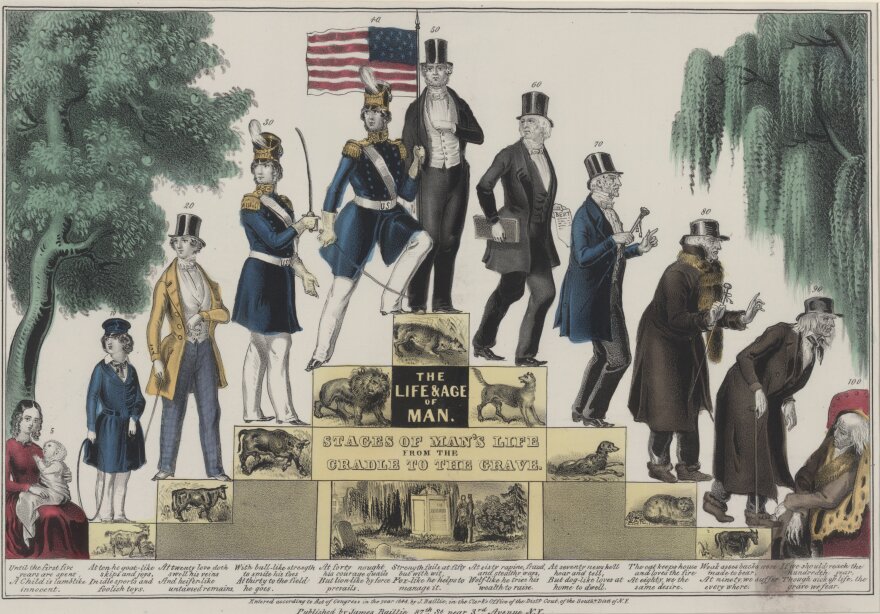This is Denise Low, a regular contributor to the High Plains Public Radio Book Club.
When my mother had her first health crisis, the social worker at the hospital informed me that at 72, she was in young old age, how fortunate because odds of successful treatment were high. I thought everyone over retirement age was just old. This was my introduction to the changes of aging, ahead for both of us.
Gerontologists label ages 65 to 75 as “young old'; the 75 to 85 ages as simply “'old”; and people over 85 are the “old-old.” Bless you, if you are an old-old or related to one, or more. This is the age group Roz Chast describes, through her experiences with her parents. Roz’s descriptions come in the form of cartoons, in the genre called a “graphic memoir.”
A generous sampling of the book is available online from the New Yorker, who regularly publishes Chast’s works. https://projects.newyorker.com/story/chast-parents/
Her story is not about what she calls “the sphere of TV-commercial old age,” where glowing ads use terms like “spry” and “totally independent.” Chast writes humorously that these young-olds are “just like a normal adult, but with silver hair.” The plot thickens in this story when both parents turn 90. According to Chast, they were moving “into the part of old age that was scarier, harder to talk about, and not a part of this culture.” So she proceeds to illustrate the realities of this time period.
With humor and compassion, she describes the changes she sees in her parents,
“It was hard not to see that every time I came to see them the grime had grown thicker. The Piles of newspapers, magazines, and junk mail had grown larger, and they themselves had grown frailer.”
They lose perspective about sales, as her mother purchases extra-extra petite stockings in avocado and lobster bisque tones, because they are a good buy.
She discusses the narrowing world of her parents, where they are suspicious of grocery deliveries because they fear strangers in their house. They hear stories about someone’s daughter who took advantage of her role as financial manager and, in the urban legend, had bought with their savings “a drawerful of cashmere sweaters.”
At this stage, they need help from the outside world. One caretaker daughter cannot do it all. Even at the assisted care facility where her parents finally land, they need additional staff. High costs, guilt, and practical problems are all part of the process.
Old age ain’t for sissies, we hear at gatherings of oldsters. Chast explains the realities of aging, from poor housekeeping to assisted living care places to incontinence. This book won national awards, and I can see why. How I wish I had had her book as my mother aged. I could have used the laughs and the advice in the narration. I could have used the wisdom that Chast imparts as well. I plan to pass my copy onto my children, as my turn comes to be not just a young-old, but old and old-old as well.
This is Denise Low of Lawrence, Kansas.








